Understanding The Hidden Costs Of Electrification
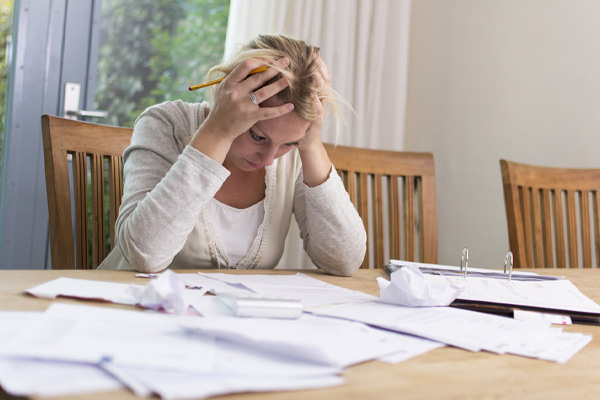
Climate change is an incredibly complex issue that requires out-of-the-box thinking and solutions. It is widely believed that electrification is the best path towards achieving entirely clean energy. While large, well-established businesses with big budgets may be able to afford the cost of conversion, most homeowners are unaware that electrification would require significant out-of-pocket expenses. This is certainly something to consider for those living in New Jersey who are heavily reliant upon propane, oil, and gas for their household needs. Keep reading to learn more about some of the hidden costs that come with electrification.
What You Need To Know About The Hidden Costs Of Electrification
Contents
- 1 What You Need To Know About The Hidden Costs Of Electrification
- 1.1 Replacing Conventional Heating Systems With Electrically Powered Heat Pumps
- 1.2 Replacing A Fuel-Base Water Heater With An Electric One
- 1.3 Switching To An Electric Stove From A Gas Cooking Range
- 1.4 Installing An Electric Car Charger At Home
- 1.5 Switching To An Electric Dryer from A Gas Dryer
- 1.6 Upgrading Your Home’s Electrical Service To 200A From 100A
- 2 The Master Energy Plan And Its Obstacles And Consequences
- 3 Take Action Today
This article will detail the upfront costs that come with converting to electricity.
Replacing Conventional Heating Systems With Electrically Powered Heat Pumps
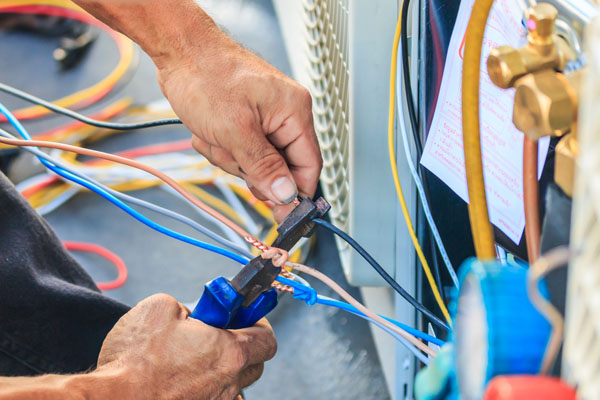
Heat pumps are well-known for their year-round functionality and high efficiency. These attributes can make the idea of switching over to the very appealing to homeowners. However, what isn’t always known is that the performance of heat pumps declines as temperatures drop. This is a major concern for residents of New Jersey given that this state often has incredibly cold winters.1 Homes in this area require a reliable and fully-functioning heating system.
With some heat pumps, HVAC ductwork is additionally required. When homes are built without HVAC ductwork, homeowners will have to account for the high costs of having it installed and the considerable amount of time that this can take. There are a number of older homes in New Jersey that didn’t include ducting in their initial construction or plans. In homes like these, the ceilings and walls often need to be overhauled in order to accommodate these installations. The costs of ductwork in retrofitting can run between $6,800 and $12,400.2
Finally, electrical systems in old homes aren’t always capable of handling the power demands of a heat pump. To increase the capacity of these, an upgrade could be required. For most homes, these improvements can cost between $4k and $7k.3 These astronomical charges can make justifying an upgrade difficult indeed.
Replacing A Fuel-Base Water Heater With An Electric One
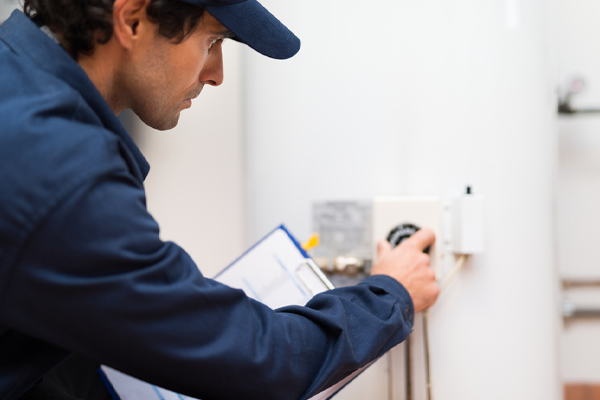
Water heaters are absolutely essential. These appliances allow consumers to bathe, cook, and clean with relative ease. The same fuel that is used for the home heating system is likely used for its water heater as well. A lot of households rely on gas, oil, or propane due to their affordable prices.
If you plan on going all-electric, it will be necessary to have an electric water heater installed also. This isn’t a trivial matter as some people will be spending as much as $4k for all of the labor and materials.4 In a larger home, it may even be necessary to install several units which will further increase spending.
If a water heater is located in any space that’s difficult to access, taking it out can be expensive also. Some contractor quotes can be as high as $500 for this job. Some homeowners will additionally pay extra cash for extended warranty coverage on their new water heaters. Associated carpentry and electrical work, permitting, and expansion tanks can raise his expenditure by $3,000. Moreover, cosmetic repairs such as retiling the shower or fixing drywall could also be required.
Switching To An Electric Stove From A Gas Cooking Range
Gas stoves use 120V and electric stoves use 240V. As such, homeowners will have to hire electricians to make changes. This includes installing a compatible receptacle close to the stove with brand new wires traveling from the circuit breaker. The charge for this could be $400 or higher depending upon the current configuration of the kitchen.5
While electric stoves are valued for offering precision temperature control and for being much easier to clean, gas stoves are able to heat food up faster, and they also tend to last a lot longer. Anyone living in an area that’s prone to power outages should definitely think twice before making this switch. If they do go ahead with it, they will have to have alternative plans for food preparation in the event of emergencies.
Installing An Electric Car Charger At Home
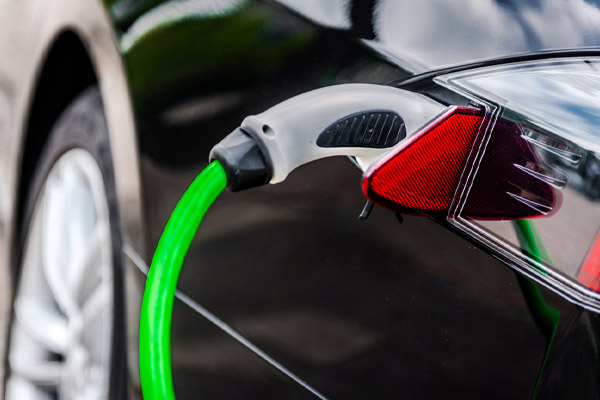
Electrification for personal vehicles is an ongoing concern even after an all-electric vehicle has been driven off the lot and taken home. To run, electric vehicles require regular charging. This is something that you can accomplish right at home by having your own electric car charging station installed. The costs of having this installed are determined by the complexity of the installation and the unit type but generally averages about $750.
Level 1 electric car chargers are inexpensive but slow to get the job done. Most of these basic chargers can be plugged into any standard 120V socket. Level 2 charges are capable of powering electric vehicles up more rapidly, but both the unit themselves and their installation are more pricey. High-end installations typically range just below $2k.6 However, it’s also important to account for the costs of the electricity that’s being used during nightly charging operations. This is determined in large part by distance traveled.
Switching To An Electric Dryer from A Gas Dryer
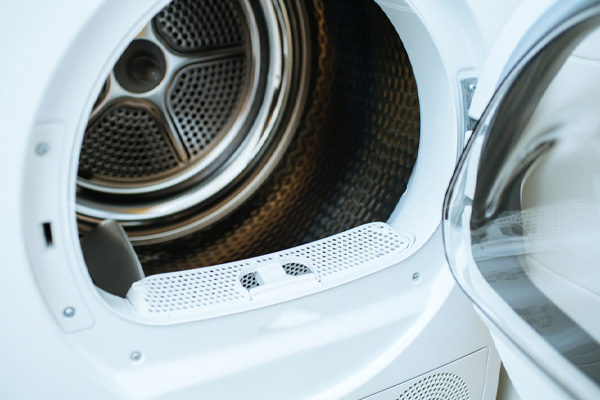
Both electric and gas dryers are designed to produce heat in order to remove moisture from linens and clothing. With these appliances, consumers can reuse clothing far faster than if they were being air-dried. Some homeowners prefer using gas dryers due to their significantly lower operating costs when compared to electric drivers.7 Bob Villa reports that gas dryers cost just between 15 to 25 cents each load to use, while electric dryers cost consumers about 30 to 40 cents each load. Opting for gas power results in marked savings over the long term.8
There are, however, people who absolutely insist on converting to electric dryers and this means having to buy a new dryer. This will also require the installation of a 240V socket and hiring a professional electrician to put this socket in. The costs of this work can run from $250 to $1k. Some small-sized electric dryers are actually able to operate on standard, low-voltage wall sockets but their limited capacity can be time-consuming and frustrating.
What You Need to Know About Disconnecting Gas
If you want to switch to an all-electric dryer, one important part of this process is disconnecting the gas supply. This is something you’ll need to hire a contractor to do for you. They’ll have to locate the shutoff valve where the gas pipe travels through your wall. This valve will need to be turned off so that the flow of gas stops, and the tubing will need to be disconnected. Next, they’ll additionally need to take steps to keep this valve protected from debris and dirt.
If you don’t have a compatible outlet for an all-electric dryer, you will need to resolve this problem by hiring an electrician. With accessible wiring, this can be a quick and easy project that’s completed for just $350. However, this installation and repairs for any resulting damage can also cost up to $1k or even more.9 There are homes that will require additional capacity panels which will result in added fees. Before committing to this upgrade, you should contact an electrician for a quote.
Upgrading Your Home’s Electrical Service To 200A From 100A
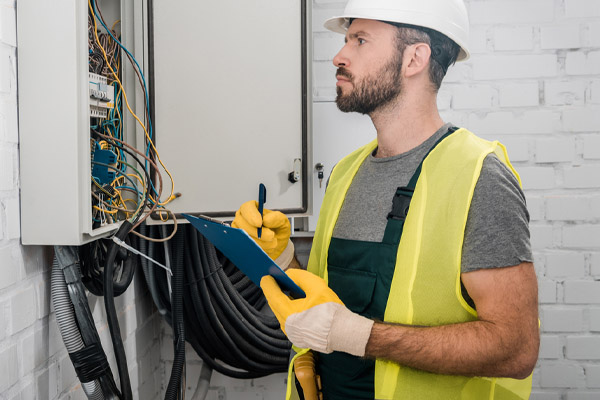
Many older homes in New Jersey have electric service that’s rated at 100 amperes. Even though this will work just fine for traditional appliances, as homeowners become increasingly reliant upon electricity, they often need to upgrade to 200A. This will ensure the problem-free operation of multiple appliances at once.
The box cost and the cost of installation can run from $750 to $2. However, this can wind up being far more if new wiring or a new circuit breaker is necessary, and when permits are accounted for. People who have training and experience in electrical work can limit their spending by doing this work on their own. There is also the option of shopping around for professionals with highly competitive prices. If a major electrical overhaul is required, some homeowners can easily pay $4,500.10
The Master Energy Plan And Its Obstacles And Consequences
People are more aware of the environment than ever before. Most consumers are pushing for greener, cleaner energy. New Jersey is certainly on par with the rest of the nation in its efforts to reduce and reverse climate change. The Energy Master Plan for New Jersey has the stated goal of using 100 percent clean energy by 2050. Although this goal is supported by the residential energy industry, there are a lot of obstacles and potential consequences to this plan that should not be overlooked. If the EMP is indeed implemented, families have a right to know what they’re in store for. It is their right to see the big picture include how this plan will financially impact individual households.
Take Action Now:
Let your voice be heard. Send a message to your local senator. Click the button below to take action today!
1. Considerable and Non-Essential Upfront Costs
Transitioning to electric power from gas for heating and cooling is a very costly undertaking. People have to look far beyond the upfront price of units and learn more about the hidden costs associated with this decision. Totaling these up can be sobering. According to many NJ contractors, the total cost of converting to heat pumps will average about $20k per household. The electrification of water heaters, stoves, dryers, and other appliances that are gas-dependent will increase this sum significantly. For most households, this upfront price is going to be way too high. Even people who can afford to pay this much might wonder why they should do so if there are cheaper alternatives.
2. Ongoing Expenses That Are Downright Unmanageable
The common and widespread use of oil-powered or gas-powered appliances is economically sensible. Both gas and oil are cheaper than electricity in New Jersey, particularly at the current rates of consumption. When households start using more electricity, increased demand will result in higher power costs. This can be a huge challenge during the winter months when people are running their heat pumps all of the time. It is far preferable to have several low-carbon alternatives instead, rather than solely focusing on electrification. This will help with price control and ensure that cleaner energy is a viable alternative for every homeowner.
3. Excess Strain On The Electric Grid
Even though heat pumps have a reputation for being efficient, they still use a considerable amount of power. Choosing to make these the only source of heat throughout the winter months will place a lot of undue stress on the current power grid.11 The infrastructure requires massive upgrades to be ready for this change. It will take a lot of work and a lot of investing. Even after these upgrades are finished, families still aren’t likely to be satisfied by the level of warmth that heat pumps provide when the weather is super cold. This dramatic decrease in performance is one of many reasons why other heating options need to be accessible.
The Texas brownout of February 2021 definitely needs to be remembered. This shows how increased power demands can cause devastating, rolling blackouts. This is certainly the case during the winter months when there’s greatly increased demand for heating indoors. There were 111 people who died in Texas during the winter storm of 2021.12
4. Missed Opportunities
According to SmartHeatNJ.com, the US Energy Information Administration (EIA) states that just 13 percent of homes across the nation rely on electricity for heating.13 Natural gas remains a far more popular choice with 75 percent of U.S. households using it, and petroleum products being used by 10 percent. Clearly, the New Jersey Plan for total electrification in 2050 is going to take a tremendous amount of effort. Moreover, it might not be a necessary plan given that there are emergency alternatives for low-carbon and zero-carbon fuels. Among these are Bioheat fuel and renewable natural gas. Products like these are capable of lowering carbon emissions without requiring expensive equipment upgrades.
Conclusion
It will take careful navigation to successfully attain a more sustainable future. Solutions that appear obvious at first aren’t always what they seem. With the New Jersey Energy Master Plan, there’s a very costly conversion to an electric heat pump. Families with low incomes may have a hard time making this conversion without financial help. The costs of power use can additionally prove overwhelming for those who are already struggling to stay on top of their overhead costs. It’s likely time to start exploring other ways to achieve energy goals by giving consumers more affordable and practical ways to obtain clean energy.
Take Action Today
Use your voice to get the message out. Contact your local senator. You can take action right now if you click the button below.
1. Weather in New Jersey: Climate, Seasons, and Average Monthly Temperature ↩
2. Comparative Energy Use of Residential Gas Furnaces and Electric Heat Pumps ↩
3. Op-Ed: The big and costly flaw in Gov. Murphy’s Energy Master Plan ↩
4. How Much Does Water Heater Replacement Cost? ↩
5. Should I Convert My Electric Stove to a Gas? ↩
6. How Much Does An Electric Car Charging Station Installation Cost? ↩
7. Can A Gas Dryer Be Converted To Electric? ↩
8. Choosing a New Appliance: Gas vs. Electric Dryers ↩
9. I Want to Replace Gas Clothes Dryer with an All-electric One. Who do I Contact about Disconnecting Gas? ↩
10. How Much Does it Cost to Upgrade to a 200 AMP Service? ↩
11. Why does the electricity grid have to stay in balance? ↩
12. Texas Tribune: At Least 111 People Died In Texas During Winter Storm, Most From Hypothermia ↩
13. Inside the Energy Master Plan ↩
